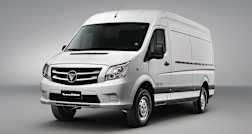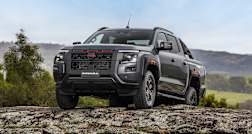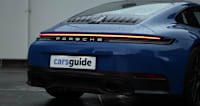BMW will commence deliveries of its first full-volume electric vehicle (EV), the iX3, in China later this month, ahead of a planned Australian launch in the latter half of next year.
Sharing the assembly line with the internal-combustion-engined G01-series X3 on which it is a derivative of, all global iX3s will be sourced from China – a first for a BMW vehicle in Australia – with a “zero defect” drive at the BMW Brilliance Automotive (BBA) joint venture facility in Shenyang in the Dadong district.
This is to ensure full confidence in the quality of the Australian-designed (by 35-year-old Sydneysider Calvin Luk), German-engineered mid-size SUV.
Why is iX3 manufacturing limited to China only? According to BMW i and Electromobility spokesperson Wieland Brúch, it makes economic and efficiency sense to build the iX3 in its largest forecasted market.
“We are enabling all our plants around the world to assemble the EV powertrains, and is reflected in our production site strategy,” he told CarsGuide in a video conference last week. “But the iX3 will be solely China because it is the biggest customer base.
“We are currently producing the X3 there and now have added the production capabilities for the iX3. Production started in the end of September and deliveries start for China in November, and from early 2021 in other markets.”
Interestingly, unlike some other EVs, the iX3 will not offer all-wheel drive (AWD), as its 210kW electric motor is located on the rear axle and so powers the rear wheels only. This is to help save weight and maximise the range and efficiency as well as the available performance of its 80kWh battery pack. It is stated to offer 460km between charges, manage 100km/h from standstill in 6.8 seconds and achieve 180km/h.

Mr Brúch believes iX3 sales will not be adversely by the lack of AWD in markets like Australia and Europe, as there is the partly-electrified X3 xDrive30e PHEV AWD option for eco-minded consumers, as well as other, different EV SUV models in the pipeline for further down the track.
“Of course, some buyers prefer AWD, but we looked at consumer behaviour and noted that most sales are in China, then Germany and then UK, and we saw that the concept of efficiency means RWD maximises that,” he said.
“For AWD buyers there is the BMW X3 PHEV and other models will have AWD… so don’t expect iX3 with AWD.”
Asked why BMW chose to introduce its first true-volume EV in an SUV that – alongside a light and low coupe – is comparatively large, heavy and aerodynamically not ideal, Mr Brúch says it is all down to giving his EV its best chance at success, which in turn will help the cause of all EVs as their acceptance (and sheer number) grows.
“The X3 is the one with the highest sales numbers globally,” he explained. “In the past, it was the 3 Series, so therefore it was the power of choice concept to use the bestselling one, because within that scale it makes most sense to have all four different drivetrains (ICE petrol, ICE diesel, PHEV, EV) available. And you will see it in other models to come.”
Mr Brúch added that the X3’s size helps package BMW’s compact new Gen-V EV powertrain’s 188 battery cells deep down in the SUV’s floor without adversely affecting interior space or packaging, further normalising the EV experience for first-time buyers.
“The X3 was chosen because of its roominess and versatility of elevated seating position and it’s a good fit with X3 RWD customers,” he said.
“(Also) it is easier to fit batteries in such a vehicle. The Gen-V powertrain has been prepared to go in different vehicles, such as the (new 4 Series-based) i4, and it fits sedans and other types of vehicles as well… in fact, everything is scalable, for different power levels, for FWD, AWD and RWD."
Finally, while Mr Brúch reiterated BMW’s commitment to normalising EVs by electrifying key mainstream models over the next few years, it appears the foundational 3 Series isn’t in line for a full EV version for the time being, despite sharing the same CHAR architecture that the X3/iX3 do.
“There are no plans for the 3 Series,” he said.
“The i4 is next with EV, then it will be the next 7 Series, and then 5 Series, and then the X1. This gives you a description of how we will continue, and by 2023 there should be 25 models overall, including EVs and PHEVs.
“The iX3 is only the beginning.”
Stay tuned right here for more information as it comes to hand, including Australian-bound iX3 pricing, specification and timing.






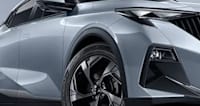
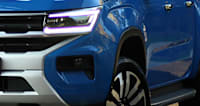
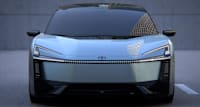
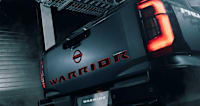
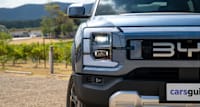
.jpg)

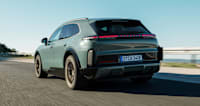
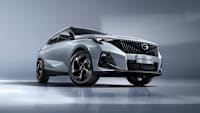
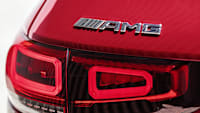
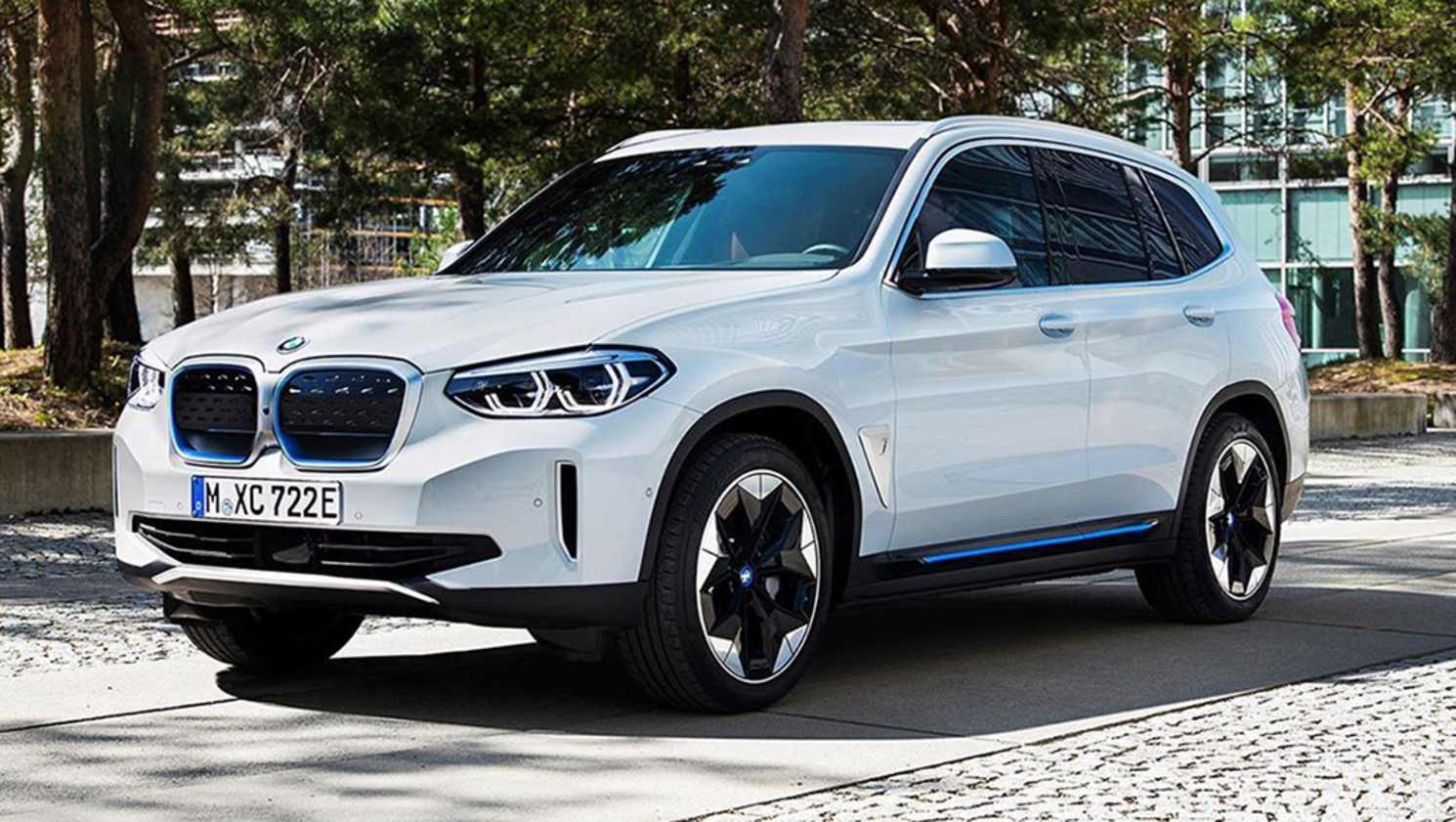

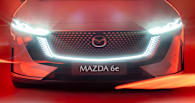
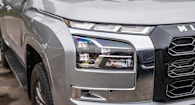
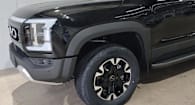

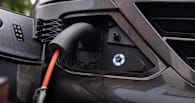
.jpg)
